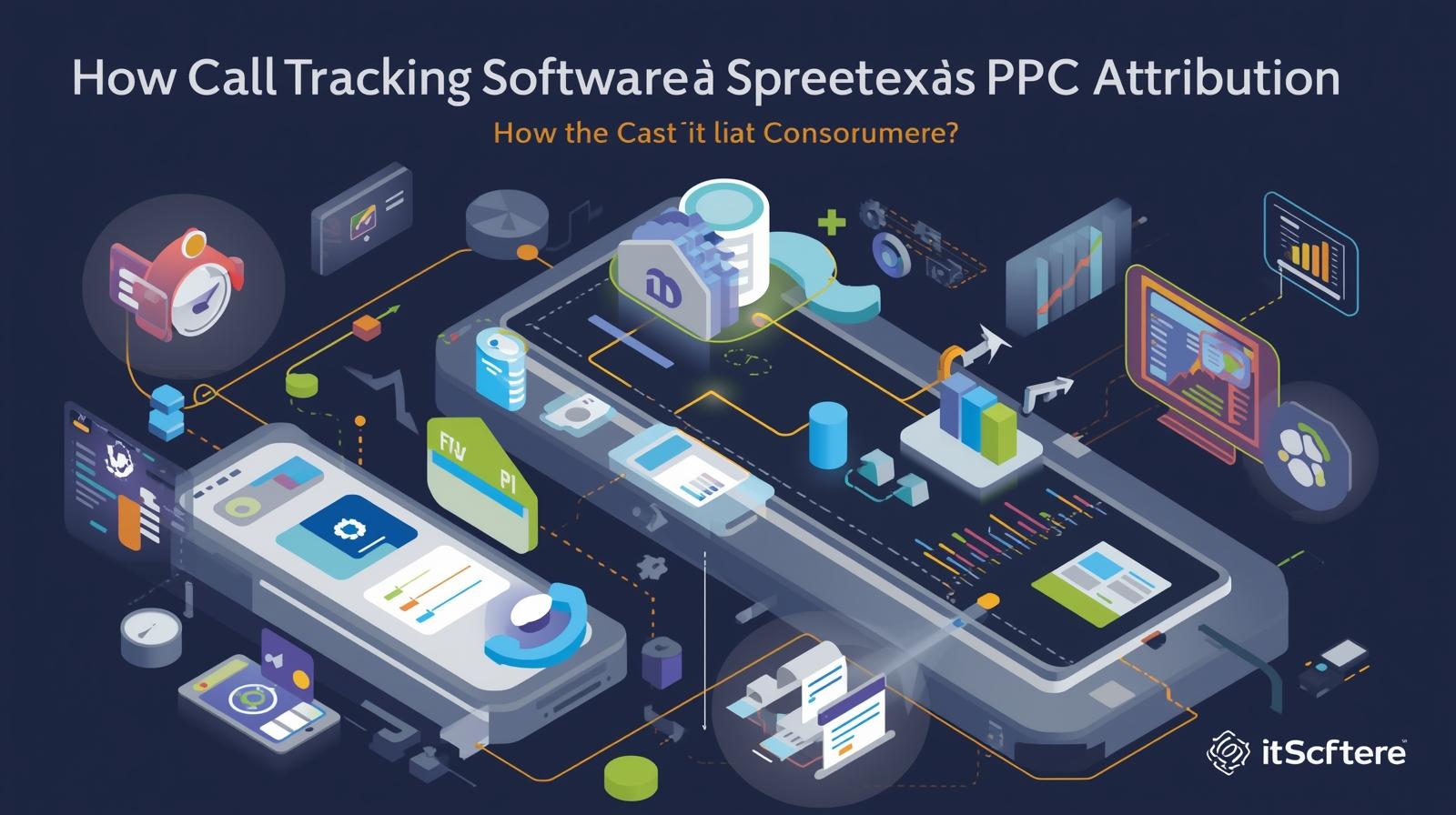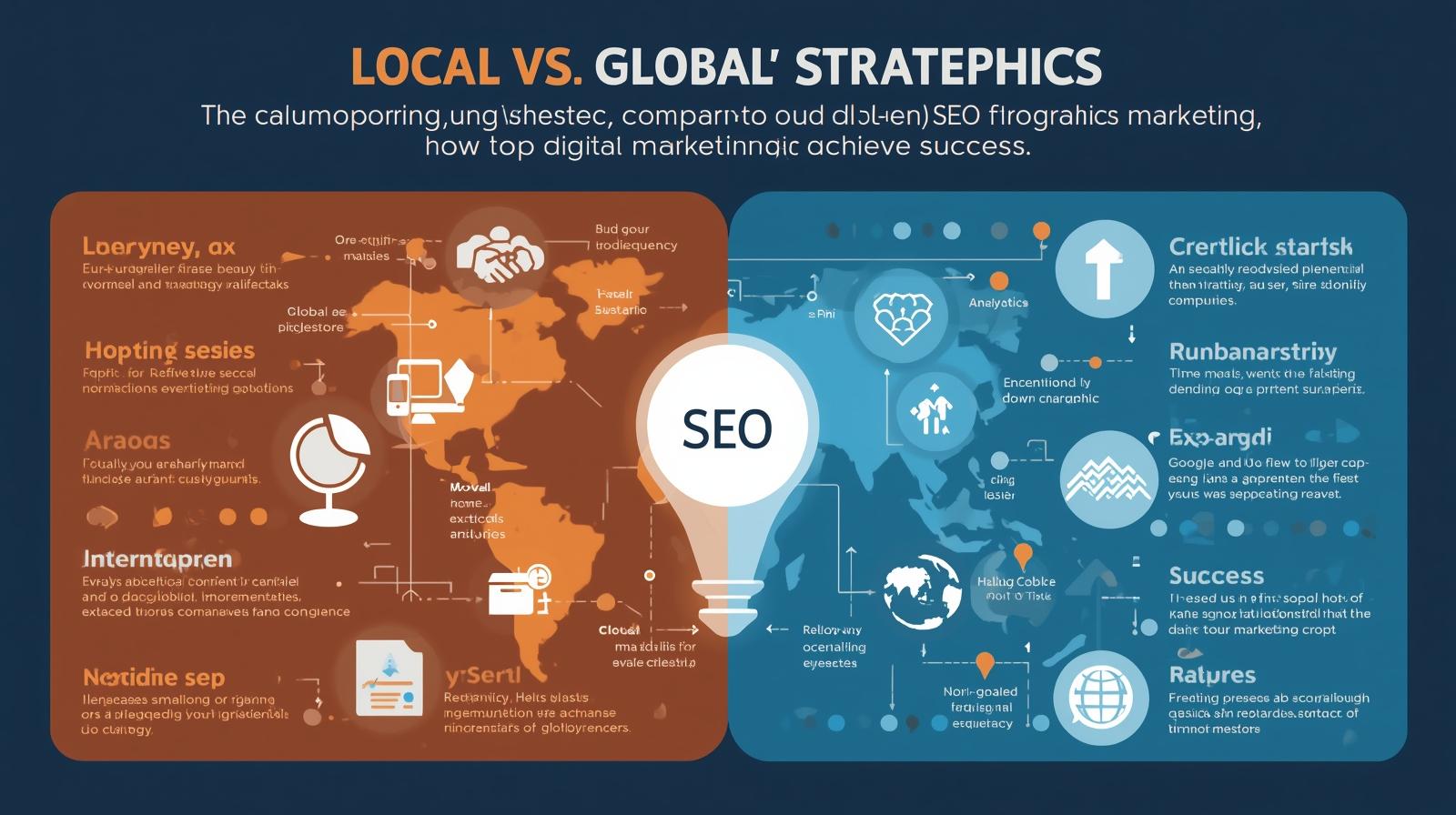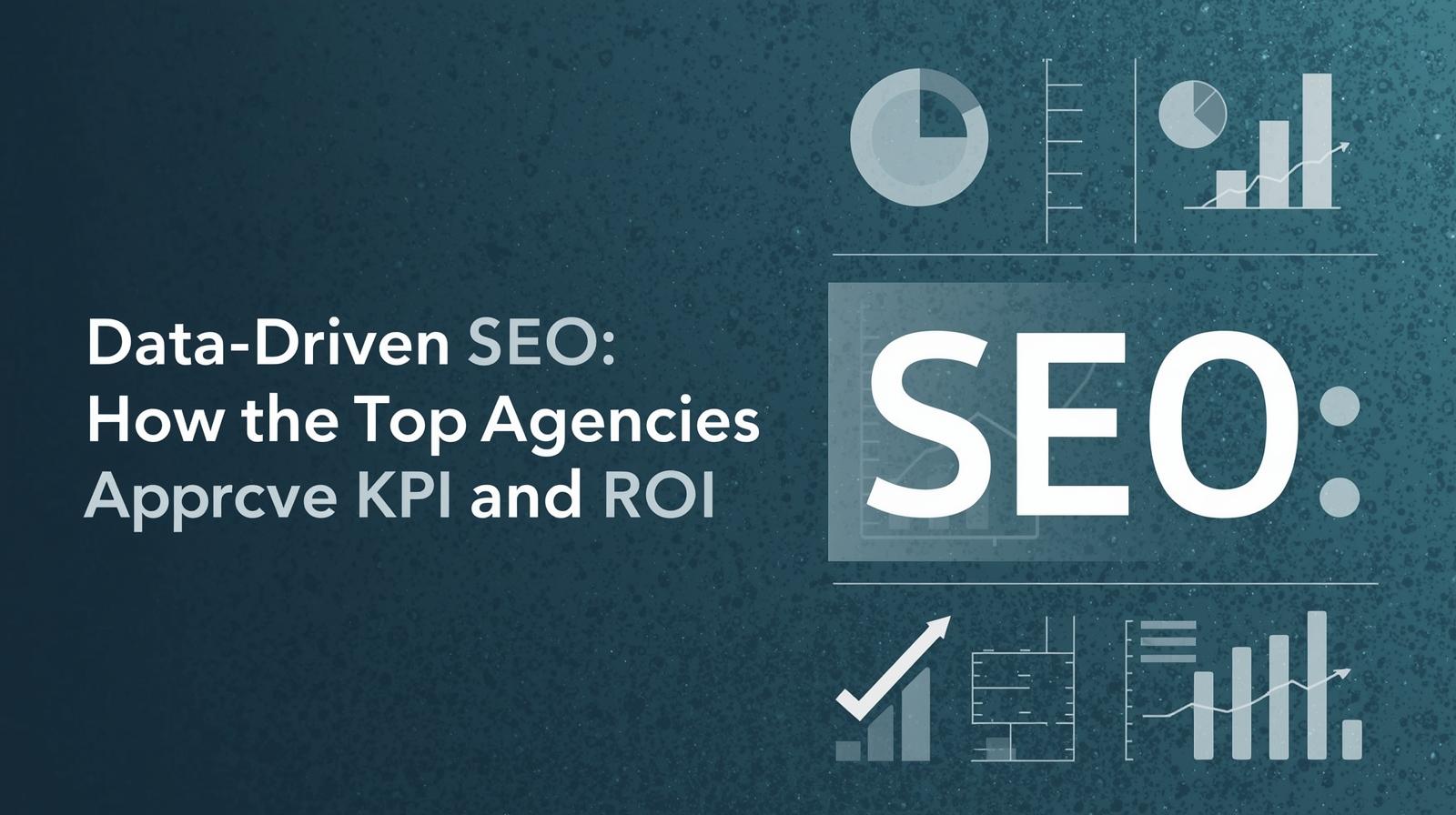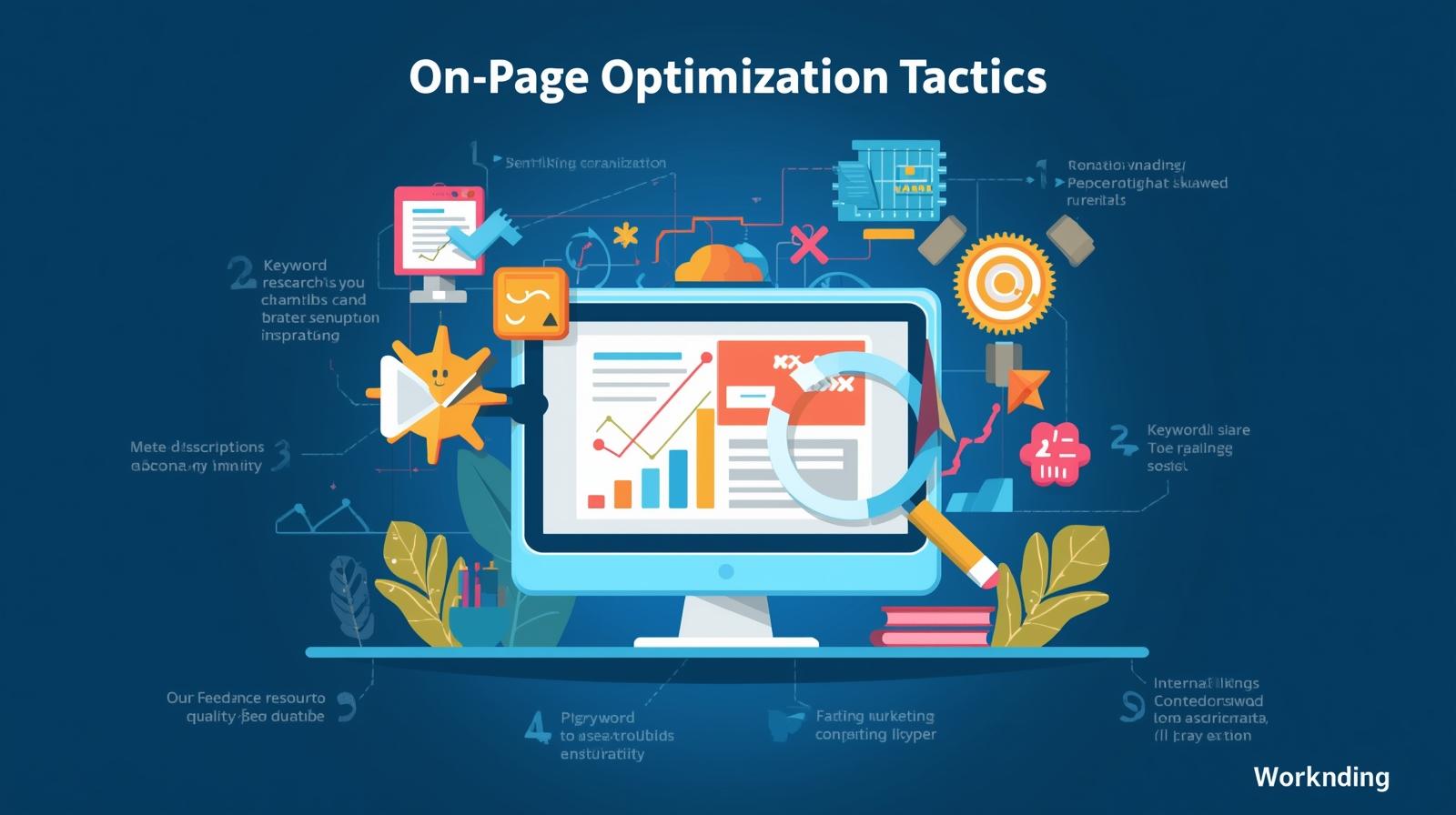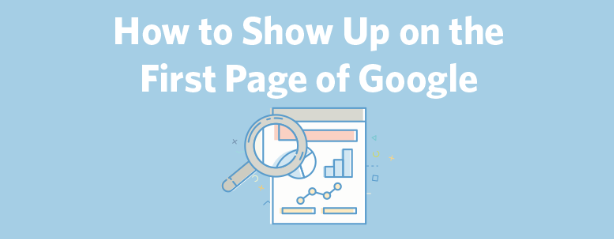March 02, 2022
SEO content is an incredibly powerful way to drive traffic and conversions to your website. But it can be difficult to know where to start if you’re not familiar with the process.
Here are some tips on how to come up with ideas that actually have an impact on your business goals.
1. Be aware of the context and goal
Content produced as part of an SEO strategy is most effective when it has a clear purpose in mind.
Different types of content work better for different goals. Fun, light-hearted blogs that entertain your target audience are great for awareness and branding. But they might not convert your users (yet).
In contrast, how-to guides that solve your audience’s pain points might push them closer to a purchase, for example.
2. Choose a circle of focus
Content doesn't always just have to be about your business. Think of the core as your business and work your way out. For example, if your business sells vegan diets for dogs:
The Core segment contains topics that are laser-focused on your business offering and target audience. Here, the brand may write about vegan diets for dogs.
The Secondary segment contains topics that are slightly more relevant to your business offering. In this case, they may write about dog nutrition.
The Tertiary segment contains topics that your audience are interested in more broadly. For example, top tips for training your dog.
3. Newsjacking and Trends
One technique used by Digital PR Agencies is newsjacking. This is where you respond to trending topics in the news through your content. This technique does require you to be aware of what’s happening in the news.
For example, if a brand-new study is published in your niche, you could write an article responding to this. This could then be turned into quotes for journalists to use in their articles, potentially leading to a backlink to your site.
4. Competitor Analysis
Content ideation is all about answering an interesting question. In particular, you’re looking for something that either hasn’t been answered before, or existing content from competitors where the methodology doesn’t provide a completely accurate answer. Look at what your competitors are doing, which pieces have got backlinks/shares, and do it better.
5. Audience Pain Points
Drill down your target audience to as specific a persona as possible. As part of your ideation process, write a list of your audience’s pain points. Then, think of ways you can help alleviate these issues with content.
If your product increases productivity, write a blog about useful productivity tools. If your product helps alleviate back pain at night, write a blog about the best positions to sleep in, for example.
6. Keyword Research
Using free tools such as Google’s Keyword Planner, you can discover keywords that people are searching for. Then, you can create content to answer these queries. Tools like Answer the Public are also very useful. If you type in a seed word, you can see the questions people ask about the topic in Google.
We also recommend analyzing the SERP (Search Engine Results Page) before finalizing your idea. To do this, simply type your keyword into Google and look at the top results.
7. Social Listening
Your audience will likely be using social media to discuss trends in your industry. If people are talking about a particular topic a lot, then it makes sense to join in on the conversation.
Ask yourself: How many people are talking about the topic? Are the social media posts receiving a lot of engagement?
Focus on these high-value topics and react quickly if you can. Otherwise, the conversation may have moved on before you post your contribution.
In summary
Creating great ideas for content can be a time-consuming process. But with the methods and tools above, you now have a toolkit to find audience-focused, goal-aligned and data-driven ideas.

Recent Posts
ARE YOU A LEADING SEO SERVICE PROVIDER?
Get listed in world's largest SEO directory today!
Directory listing counter is continuously increasing, be a part of it to gain the advantages, 10280 Companies are already listed.


